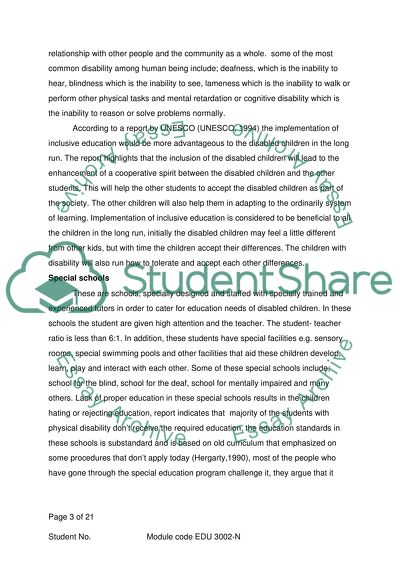Cite this document
(“Inclusion of Disabled Children in Primary Education Essay”, n.d.)
Inclusion of Disabled Children in Primary Education Essay. Retrieved from https://studentshare.org/education/1517498-inclusion-of-disabled-children-in-primary-education
Inclusion of Disabled Children in Primary Education Essay. Retrieved from https://studentshare.org/education/1517498-inclusion-of-disabled-children-in-primary-education
(Inclusion of Disabled Children in Primary Education Essay)
Inclusion of Disabled Children in Primary Education Essay. https://studentshare.org/education/1517498-inclusion-of-disabled-children-in-primary-education.
Inclusion of Disabled Children in Primary Education Essay. https://studentshare.org/education/1517498-inclusion-of-disabled-children-in-primary-education.
“Inclusion of Disabled Children in Primary Education Essay”, n.d. https://studentshare.org/education/1517498-inclusion-of-disabled-children-in-primary-education.


